Hey there, curious wanderer!
Have you ever found yourself pondering the perplexing question: ‘Is Montana West Coast?’
As you venture into the vast landscape that blankets the United States, it’s easy to get swept away by the grandeur of the mountain ranges and the tales whispered by the wind.
But Montana has an allure of its own. Nestled snugly between the mineral-rich Rocky Mountains and the plains region, it beckons to those seeking both the untamed wilderness and the beating heart of the Wild West.
Montana is where the spirit of the West dances with the soul of the mountains, painting a picture of breathtaking vistas and untamed wildness.
- Related article: Montana Location
Join me as we dive into the essence of Big Sky Country and discover the beauty, wonder, and undeniable spirit that make Montana an indispensable part of the West.
Are you ready?
Montana General Overview
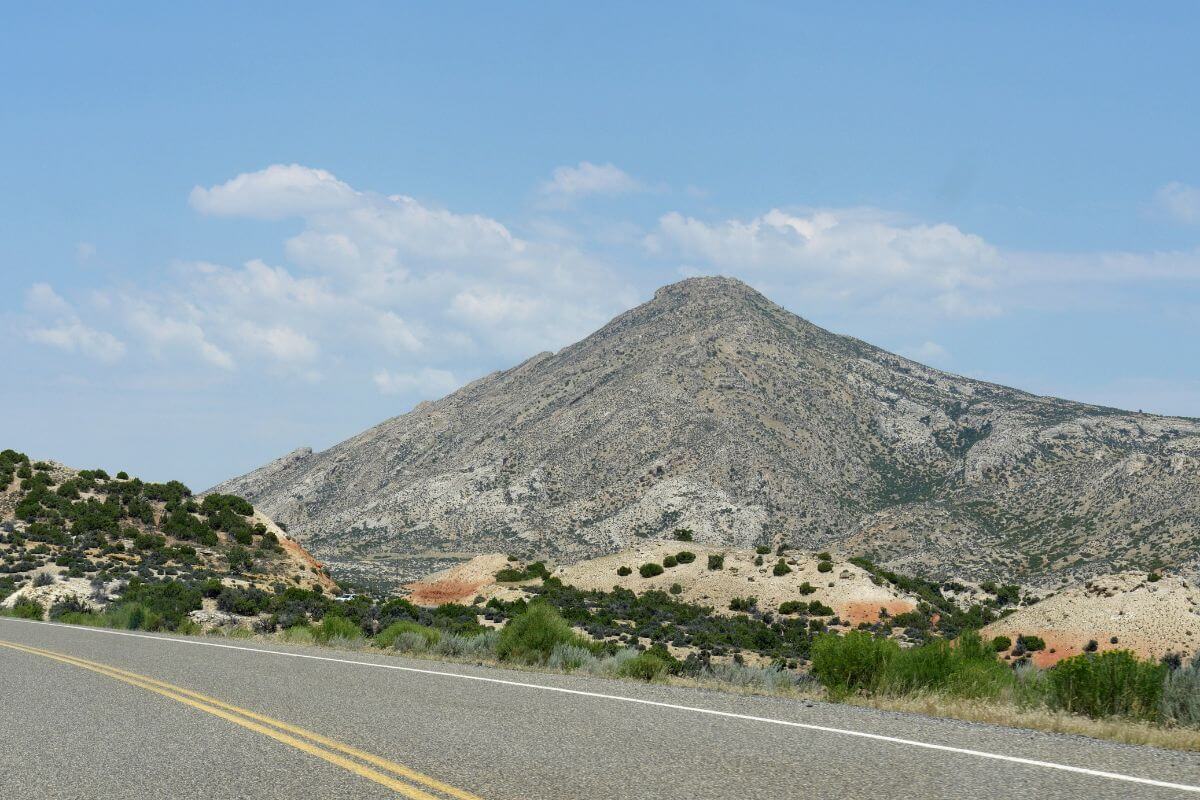
Montana proudly takes the 4th spot among the 50 states in terms of land area. Covering a staggering 147,040 square miles, it’s no wonder this state is a playground for outdoor enthusiasts.
Montana’s diverse terrain tells a tale of its own.
In the west, the majestic Rocky Mountains rise, their peaks kissing the heavens.
To the east lie extensive prairies, stretching as far as the eye can see. And in the northwest, lush forests cloak the landscape, inviting explorers to lose themselves in their tranquil embrace.
It’s no surprise that Montana has earned the moniker “Big Sky Country.”
The wide-open spaces and unobstructed skies create a sense of awe and wonder, leaving no doubt as to why this state captivates the hearts of those who venture here.
In the midst of this sprawling wonderland, the capital city of Helena and the bustling metropolis of Billings take center stage.
These vibrant cities play vital roles in Montana’s economy and historical culture, reflecting the rich tapestry of this remarkable state.
Agriculture, mining, and the ever-growing tourism industry form the lifeblood of Montana’s economy.
Abundant rivers, interconnected mountain ranges, and an array of outdoor activities draw visitors from far and wide to experience the wonders that present-day Montana has to offer.
Prepare to be swept away by the stunning landscapes and extraordinary experiences that await you in Montana.
Montana Bordering States and Provinces
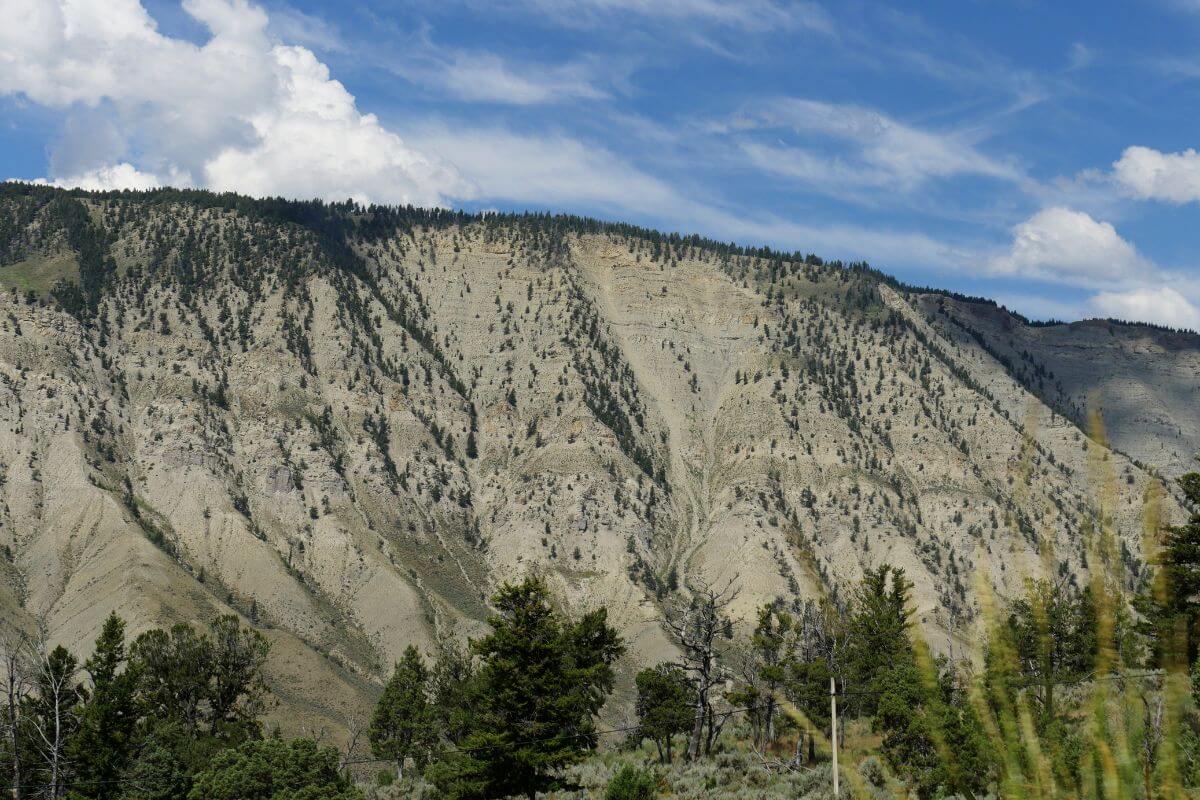
Montana’s borders encompass a captivating blend of neighboring states and Canadian provinces, each with distinct attractions.
To the southwest is Idaho, boasting mountains, canyons, valleys, and forests, ideal for outdoor enthusiasts.
Heading east, North Dakota offers plains, farmlands, and Native American heritage sites like the Knife River Indian Villages.
South Dakota presents prairies, badlands, and iconic landmarks like Mount Rushmore.
Wyoming’s beauty lies to the south, with Yellowstone National Park’s geothermal wonders and wildlife.
Montana’s northern border features British Columbia, Alberta, and Saskatchewan, known for scenic landscapes and outdoor activities.
Montana’s nearby states and provinces add another layer of adventure and exploration to Montana’s already captivating landscape, making it a truly remarkable destination for all who venture here.
Census Bureau Regions and Divisions
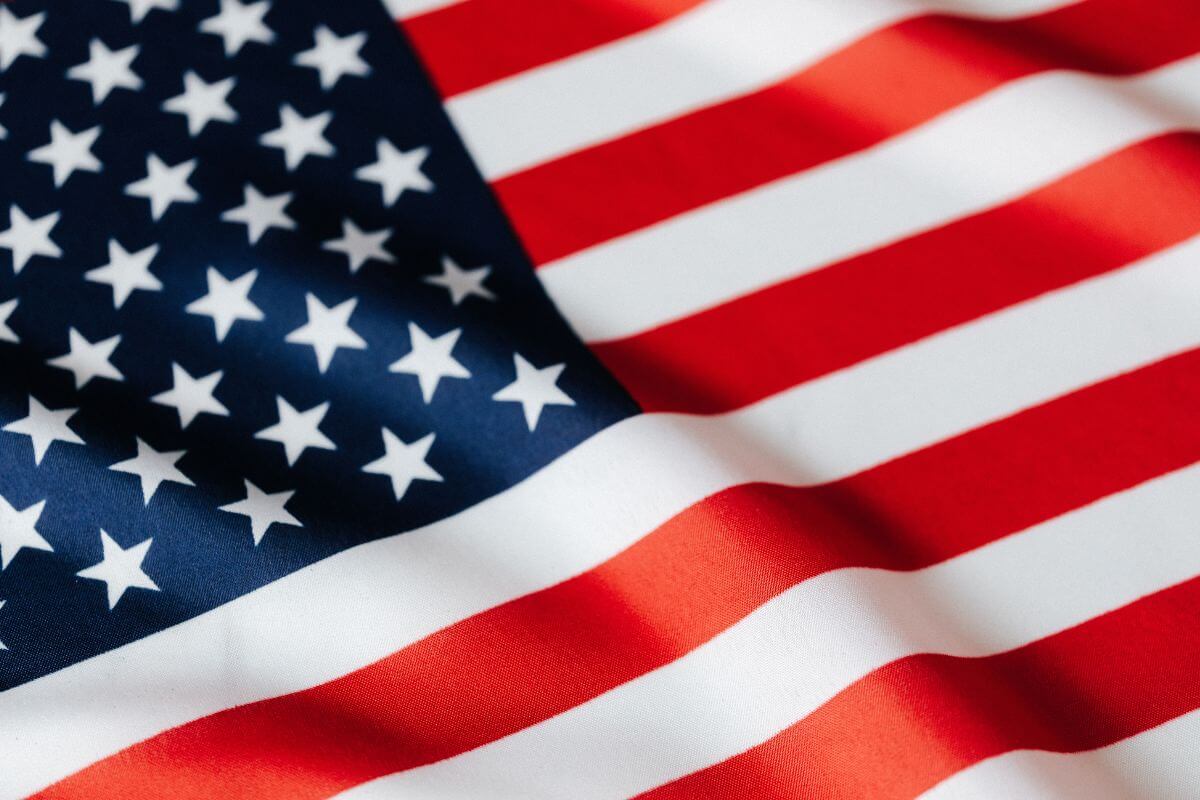
The Census Bureau, in its quest for data organization and analysis, has divided the United States into 4 major regions, each offering a unique tapestry of culture, geography, and lifestyle.
At first glance, it may seem straightforward, but a closer look reveals the intricate regions and divisions that further categorize the states.
The Census Bureau divides the United States into four major regions and divides each region further into divisions, resulting in a total of nine divisions.
| Major Regions | Divisions within Each Region |
|---|---|
| Northeast | New England: Connecticut, Maine, Massachusetts, New Hampshire, Rhode Island, Vermont Middle Atlantic: New Jersey, New York, Pennsylvania |
| Midwest | East North Central: Illinois, Indiana, Michigan, Ohio, Wisconsin West North Central: Iowa, Kansas, Minnesota, Missouri, Nebraska, North Dakota, South Dakota |
| South | South Atlantic: Delaware, District of Columbia, Florida, Georgia, Maryland, North Carolina, South Carolina, Virginia, West Virginia East South Central: Alabama, Kentucky, Mississippi, Tennessee West South Central: Arkansas, Louisiana, Oklahoma, Texas |
| West | Mountain: Arizona, Colorado, Idaho, Montana, Nevada, New Mexico, Utah, Wyoming Pacific: Alaska, California, Hawaii, Oregon, Washington |
These regions and divisions, while visually distinct, serve a greater purpose – to assist the Census Bureau and other agencies in conducting surveys, gathering data, and analyzing socioeconomic and demographic trends.
By grouping states with similar characteristics and geographic proximity, these divisions help us gain a deeper understanding of the diverse fabric that makes up this vast nation.
The Census Bureau’s regional and divisional structure goes beyond just data organization – it serves as a lens through which we can comprehend the unique characteristics of each state and region.
So, while Montana is considered part of the West region, it is also specifically part of the Mountain division within that region.
These divisions allow for a more nuanced understanding of the country’s population gains, population trends, geography, and socioeconomic trends.
Montana’s Exact Location
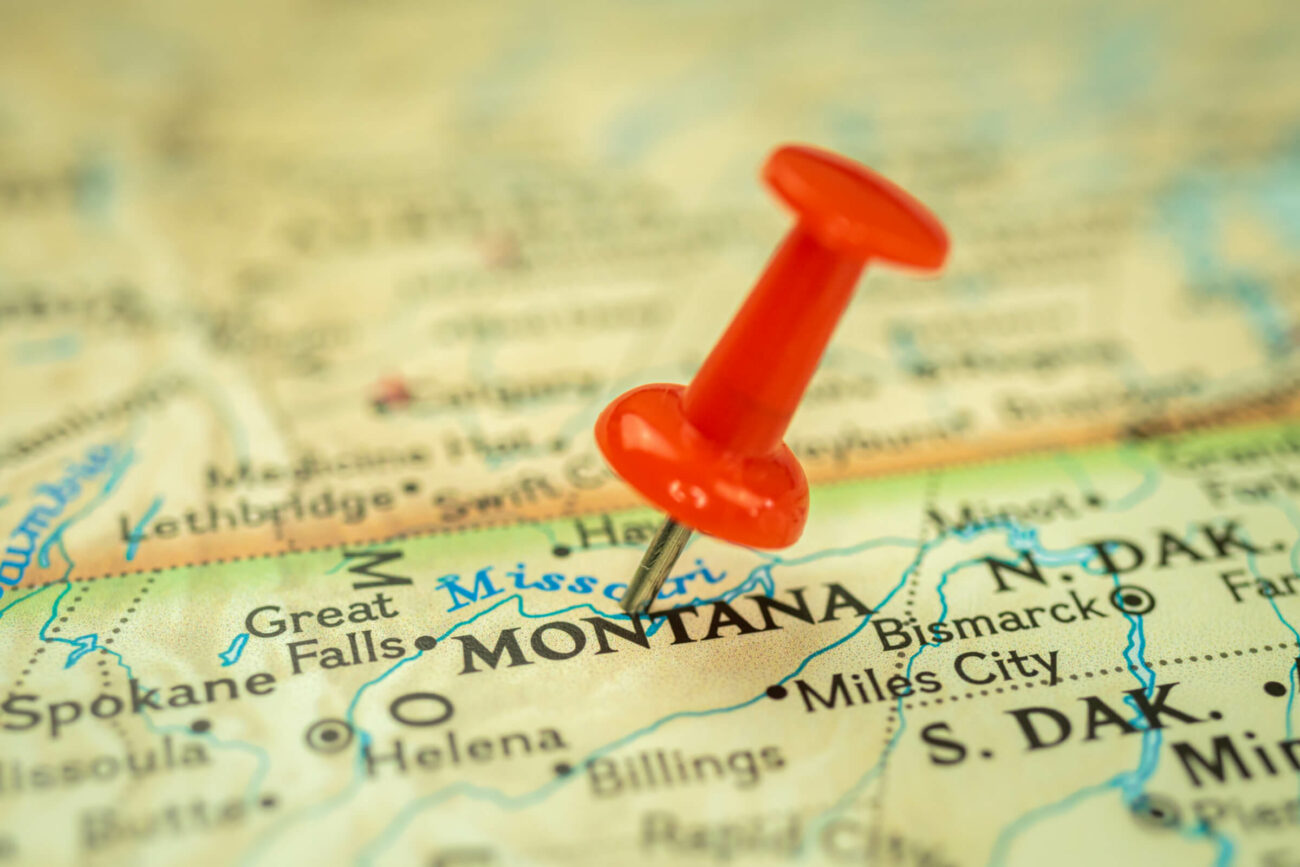
When it comes to geography, Montana certainly stands out with its unique location in the Western region of the United States.
To paint a vivid picture, Montana is situated at latitude 46.965260 and longitude -109.533691.
This places it within the coordinates of 46° 57′ 54.9360” N and 109° 32′ 1.2876” W.
Found in the western part of North America, Montana borders several states, including Idaho, Wyoming, North Dakota, and South Dakota, and Canadian provinces such as Alberta and Saskatchewan.
When it comes to regional categorization, Montana is often seen as part of the Western region of the United States. Specifically in the Northwestern region.
- Learn more about Montana’s Geographical Region
This vast region encompasses states with similar characteristics, landscapes, and cultural identities.
In fact, the West region is further divided into two main parts: the Mountain states and the Pacific states.
The Mountain states include Arizona, Colorado, Idaho, Montana, Nevada, New Mexico, Utah, and Wyoming.
These states boast majestic peaks, rugged terrains, and an abundance of natural wonders.
On the other hand, the Pacific states, which include Alaska, California, Hawaii, Oregon, and Washington, offer stunning coastlines, vibrant cities, and a laid-back coastal lifestyle.
Montana’s inclusion in the Western region, alongside states with stunning mountainous landscapes and coastal beauty, solidifies its position as a must-explore destination for any avid traveler.
What Are the Wild West States?
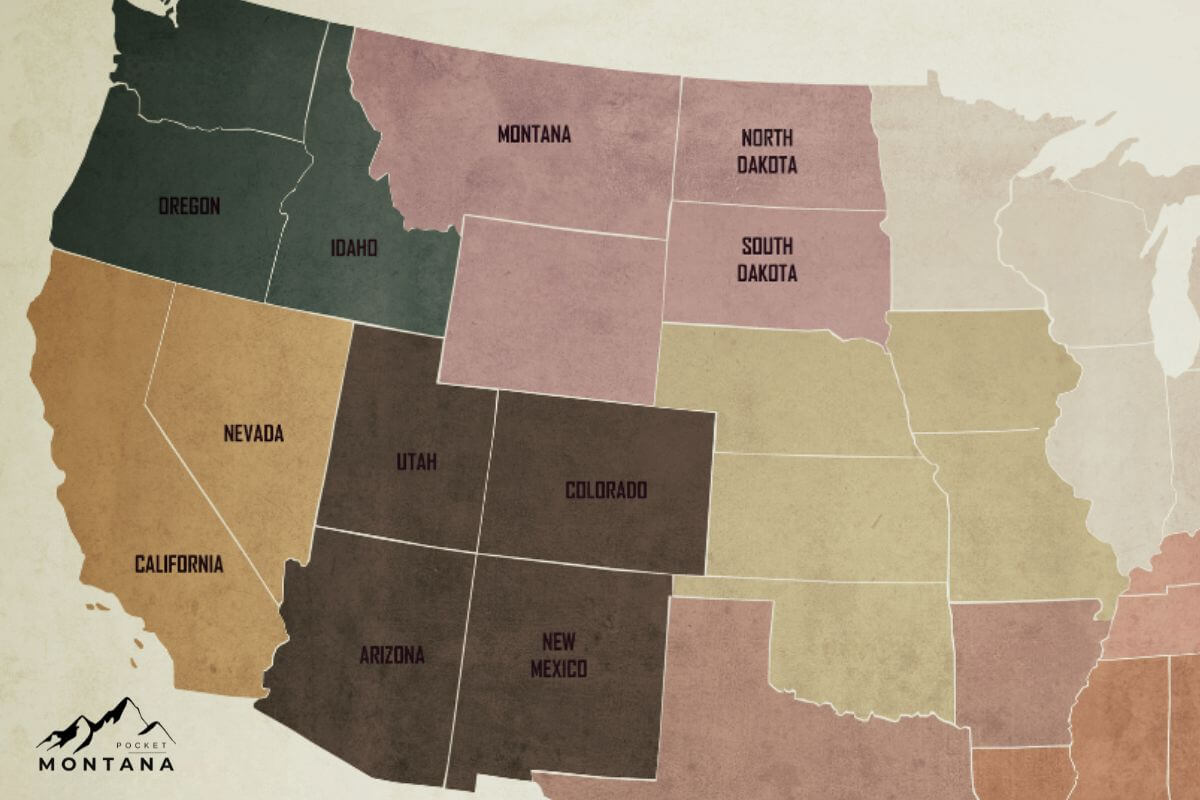
One fascinating chapter in the American story is the Wild West, a period of lawlessness and untamed frontiers that still captures the imaginations of many.
The Wild West states consist of the following:
- Arizona
- California
- Colorado
- Idaho
- Montana
- Nevada
- New Mexico
- North Dakota
- Oregon
- South Dakota
- Utah
These states were the heart and soul of the American West.
This region settled in the late 19th century, is steeped in a historical and cultural significance that is as captivating as it is rugged.
Time seemed to stand still amidst the vast mountain ranges, deserts, and rivers that shape the geography of the Wild West states.
It was a land of cowboys, Native Americans, and pioneers, where legends were born and tales of adventure unfolded.
But the Wild West was not just a romanticized version of the past. It was a time of great change and upheaval.
As settlers poured in and railroads connected the vast expanse of the geographic region, Native Americans were displaced, and the cowboy way of life began to decline.
This clash of cultures and the march of modern history left an indelible mark on the Wild West states.
Our very own state of Montana remains a testament to the resilience and spirit of exploration during the Wild West era.
Is Montana in the West Final Thoughts
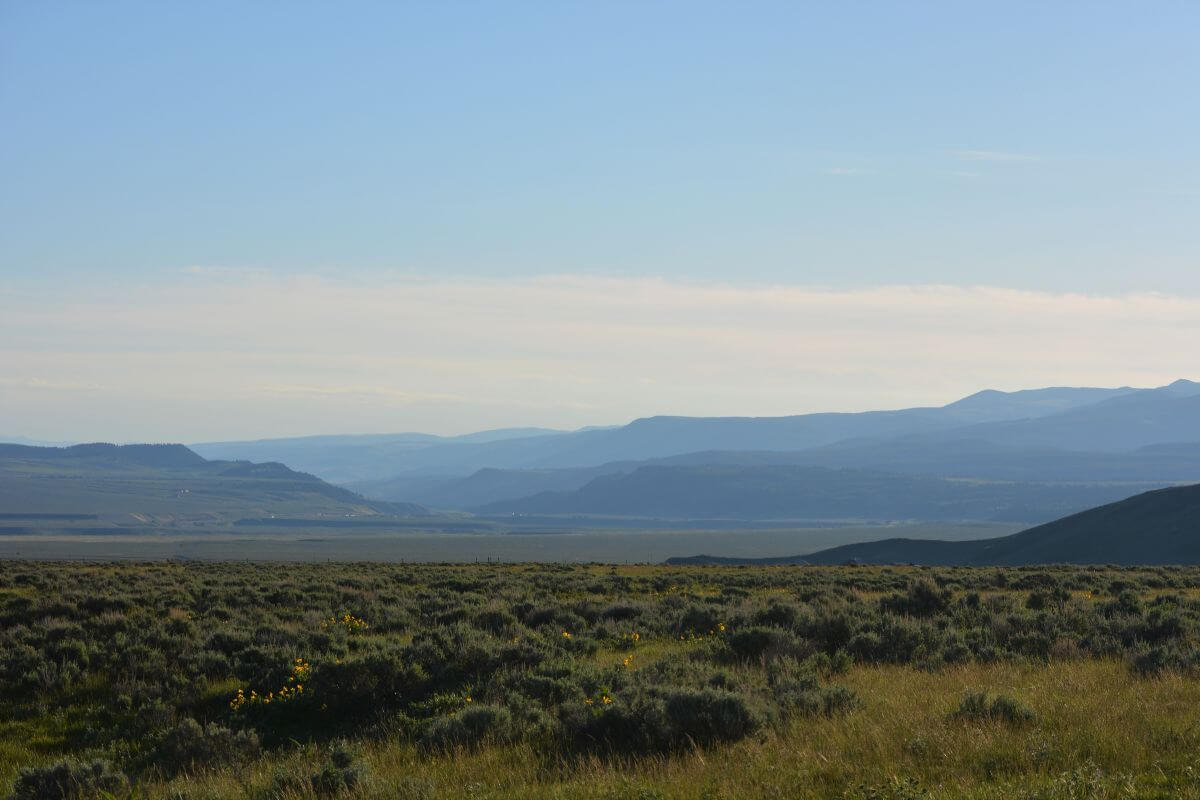
Geographically nestled within the western United States, Montana’s stunning mountain ranges, plains, and valleys embody the region’s characteristics.
The Rocky Mountains, rich in minerals, epitomize this natural beauty.
While not boasting the largest cities, Montana’s blend of urban and rural areas enhances its charm and booming tourism industry.
Its geography, population, and economic trends align it with the West, despite not conforming to all traditional stereotypes.
Montana’s unique blend of beauty, community, and economic opportunities solidifies its role in the region’s fabric.
A testament to American diversity, Montana’s identity is shaped by an intricate fusion of influences.
Is Montana in the West FAQs
1. Is Montana in the Midwest?
Although it may fall within the vast expanse of the United States, Montana’s geographical location is far from the central region typically associated with the Midwest.
Instead, Montana finds itself geographically positioned in the northwest, nestled amidst majestic mountain ranges and bordered by states like Idaho and Wyoming.
2. What Is the Most Populous State in the West?
According to U.S. Census Bureau Population Estimates as of July 1, 2022, the most populous state in the West is California.
With a staggering population of 39,029,342 people, it reigns supreme in terms of sheer numbers.
This sprawling state, graced with vibrant cities, picturesque coastlines, and majestic series of mountains, attracts a diverse population seeking the best of both worlds – a bustling urban lifestyle juxtaposed against the tranquility of natural wonders.
3. What States Are Considered the Wild West?
Montana is indeed considered part of the Wild West along with Arizona, California, Colorado, Idaho, Nevada, New Mexico, North Dakota, Oregon, South Dakota, and Utah, Montana is one of the states that make up the Wild West States.
4. What Is the Least Populous State in the West?
Wyoming has the lowest population in the West according to U.S. Census Bureau 2020 Population with a population estimate of 576,837.
With a population density that falls below the national average and an abundance of open spaces, Wyoming offers a unique experience for those seeking solitude and tranquility.
Explore Montana further by giving these other articles a read:

